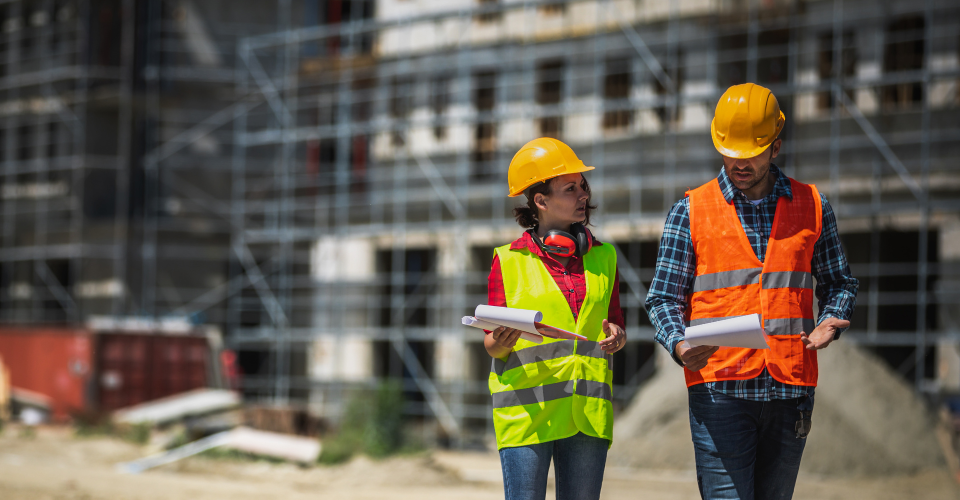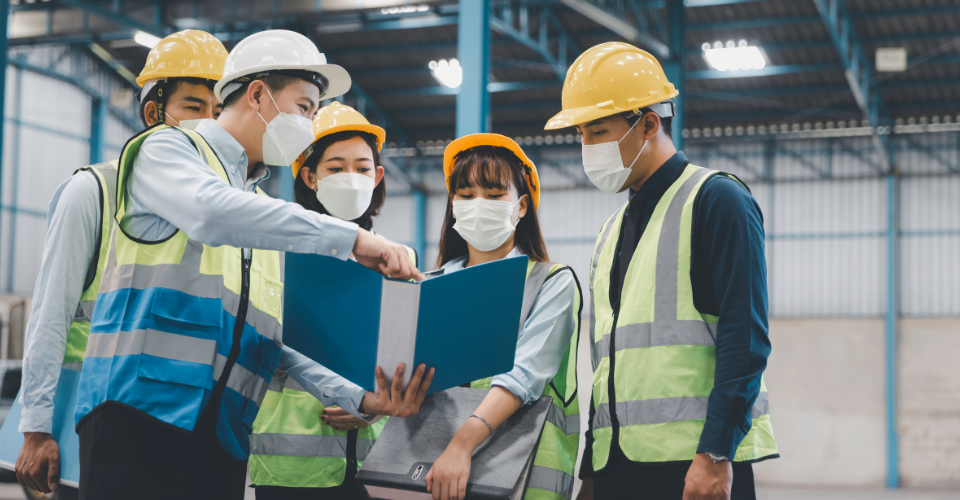Managing home workers’ health and safety
As an employer, you have the same health and safety responsibilities for people working at home as for any other worker.
This guidance applies to those who:
- work at home long term
- routinely split their time between their workplace and home (sometimes called hybrid working)
Most of the time, risks to home workers will be low and the actions you should take to protect them will be straightforward.
Things you should consider as part of your risk assessment for home workers include:
- stress and poor mental health
- using equipment like computers and laptops safely
- their working environment
You should talk to your workers about their arrangements, as working from home may not be suitable for everyone. For example, some people may not have an appropriate place to work or may prefer to come into the workplace for wellbeing, mental health or other reasons.
Risk assessment
You must make sure your risk assessment covers home workers.
It is important to keep a balanced and proportionate approach for home workers. In most cases you do not need to visit them to ensure their health and safety, but you should make sure they have a healthy and safe environment to work in.
You might decide to visit them, for example:
- to meet any special requirement, such as for a worker with a disability
- if the work activity includes any significant hazards like tools or chemicals
When someone is working from home, consider:
- how you will you keep in touch with them
- the type of work they will be doing (and for how long)
- how it can be done safely
- if you need to put control measures in place to protect them
Practical ways to do this include:
- providing advice and guidance on their home working set-up
- using questionnaires or self-assessment tools
- talking to them, for example using phone or video calls
Where your risk assessment indicates you need to take some action, your workers cannot be charged for this.
When people cannot work from home
You should agree alternative arrangements for people to use your workplace or another suitable location, if you decide:
- someone’s home is not a suitable work environment
- reasonably practicable measures cannot be taken to protect them
Stress and mental health
You must protect workers from stress at work by doing a risk assessment and acting on it. This applies equally to home workers as any other workers.
Home workers will face many of the same issues as any other worker, but it can be more difficult to provide adequate support and maintain social links.
People who are deprived of social contact through work can feel isolated or disconnected, bringing on pressure and stress or aggravating pre-existing mental health problems.
Manage the risks of stress from working at home
There are practical things you can do to help manage the risks of stress and mental health problems for home workers.
- Talk openly with them about the possibility of them becoming stressed or mentally unwell
- Involve them in completing stress risk assessments so they can help identify potential problems and solutions
- Keep them updated on what is happening so they feel involved and reassured
- Have regular keep-in-touch meetings or calls so they can share any concerns
- Make home workers aware of any occupational support available to them
- Take account the needs of the individual – if someone is a home worker for medical reasons you may need to meet their needs differently
Talk to your home workers
Without day-to-day contact, it is harder to recognise symptoms of stress or mental health problems so you may need to build in additional opportunities to ensure home workers are safe and well.
Keep in regular contact with your home workers, as a team and one to one. Meetings should be accessible to all your workers.
You may need to review how the work is done to reduce any potential causes of stress. Talk to your workers to find out if they are facing any issues.
Work/life balance
Those working at home can sometimes work longer hours, making them tired and stressed. Speak regularly about workloads, demands and training needs.
Encourage home workers to take regular breaks and use their annual leave. Make sure people aren’t working too long to meet unrealistic deadlines or feel obliged to answer emails outside normal working hours.
Stress can build up over time and the causes can be work-related or from other issues. Whatever the cause, it’s important that any worker gets help as soon as possible, and you should support them to do so.
Using computers and laptops safely at home
You must protect your workers from health and safety risks from working on a computer or laptop (display screen equipment or DSE) at home.
You should check to see if the DSE regulations apply to your workers. Where the regulations do apply, you should carry out a DSE assessment for individual workers.
DSE assessment
Workers can complete a self-assessment provided they have been given suitable training. Where they use DSE in the home and office, your assessments should cover both situations.
You should ensure:
- home workers can achieve a comfortable, sustainable posture while working with DSE
- any equipment provided is safe and suitable for use
They may not necessarily need office-type furniture or equipment at home to achieve a good posture. Equally, a worker’s own furniture or equipment may not be suitable or sufficient. Use your DSE assessments to help you decide what is needed for your own workers’ situations and circumstances.
You should reduce the risks identified by your DSE assessment so far as reasonably practicable. This means balancing the level of risk against the measures needed to control the real risk in terms of money, time or trouble.
Where your DSE workstation assessment indicates you need to take some action, for example providing a piece of DSE equipment, your workers cannot be charged for this.
Good posture when using display screen equipment
The following video gives basic advice on how to maintain good posture.
Find out more
There is more guidance on DSE for home workers including practical tips on good posture.
Working environment and accidents
You must take reasonable steps to make sure your workers have a safe place to work when at home.
Electrical equipment
Ask your workers to visually check for any damage to sockets, plugs or leads used in connection with their work. Give them advice on the hazards of overloaded extension cables.
You are only responsible for electrical equipment you have provided to your workers, but you should make sure it is being used in a safe environment.
Slips and trips
Provide advice on how to minimise the risks of slips and trips by keeping their work area clear of obstructions, spillages and trailing wires.
Emergencies
Ensure your workers know what to do in an emergency. Emergency procedures should include guidance on how and when home workers should contact you, including details of any emergency contact numbers.
Consider what you would do if you could not get in contact with a home worker, such as holding emergency contact details.
Lone working
There will risks for those with no direct supervision or anyone to help if things go wrong. There is guidance on lone working.
Reporting accidents for home workers
Not every incident in a person’s home will be reportable. An incident may be reportable under Reporting of Injuries, Diseases and Dangerous Occurrences Regulations (RIDDOR) if it occurred as a result of:
- the work activity being done
- the equipment you have provided to carry out that work
You have the same responsibilities for home workers under RIDDOR as you do for anybody else.



